A cultural history of swimsuits from au naturel to ooh la la
Swimply explores the political history of women's swimwear using various sources, such as Smithsonian Magazine and the Fashion Institute of Technology.
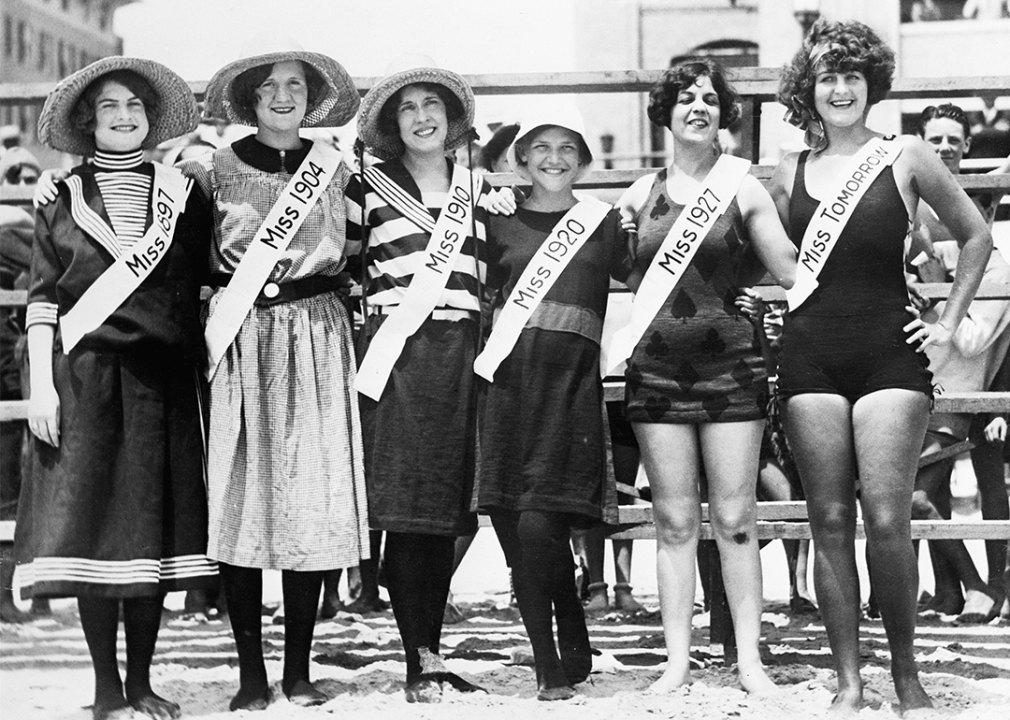
No garment has shown the difficult history of society's relationship with the female body quite like swimwear. To add insult to injury—from the Roman baths to Naomi Campbell yachting on the Mediterranean—Western humankind is making progress toward exactly where it started: acceptance of the bare female body.
The in-between is where it gets complicated, layered, and painful as social norms forced women to cover up in layers of wool in the hot heat and arrested them for the temerity of challenging social conventions. Only recently have women been given more autonomy over the layers they choose for their own bodies—and even then not universally or globally.
Swimply, using various sources, including Smithsonian Magazine, Marie Claire, and New York's Fashion Institute of Technology, explored the minefield situated at the intersection of the beach and flesh.
The female form has always been hot political territory. Whether it was in the 1950s when Italy banned revealing bathing suits or 2016's uproar in France over the burkini, swimwear meant to cover more of the body like the burqa, the words on Barbara Kruger's iconic artwork—your body is a battleground—continues to ring true.
Antiquity: Common nudity and the baths
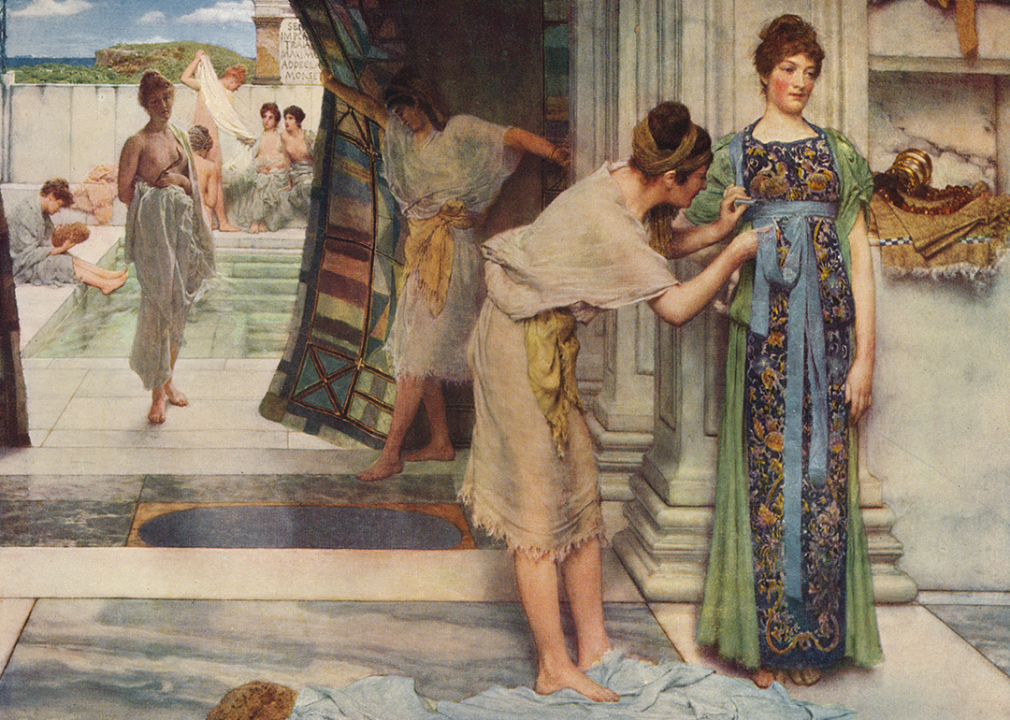
It's easy to assume that the societies of antiquity were puritanical ones that hated any view of the human form, especially the female one. But actually, during the era of the Roman baths, the body was viewed more liberally—at least in private or gender-exclusive settings.
Women usually dipped in private baths or public baths populated by other women. These big human-made ponds were usually surrounded by the most beautiful architecture of the time.
At this point in history, swimwear, or the concept of swimwear, did not even exist. Bodies were exposed, and people only used towels to dry off. Archeological excavations in Sicily also found evidence of women donning bandeau-like tops and briefs while exercising.
The 18th century: Bathing costumes
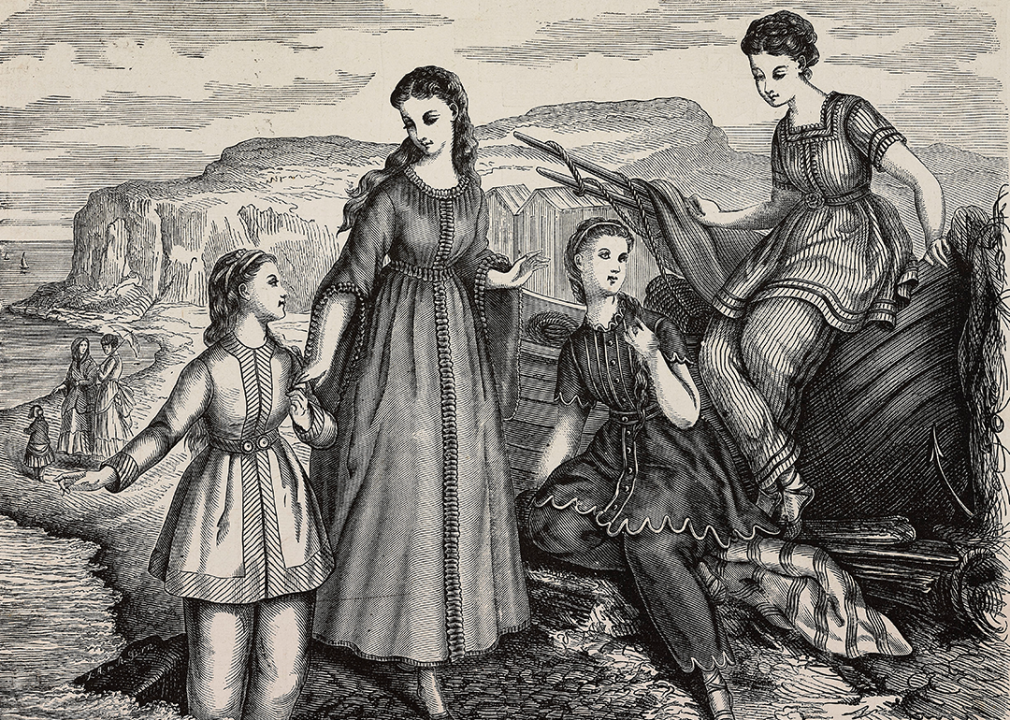
Humanity would not reexamine its relationship to riparian garb until the 1700s in Europe. At the time, bathing in the sea became a more popular recreational activity thought to have many health benefits. Unlike the times of the Roman Empire, however, society became more conservative, and modesty was prized when it came to the female form.
Women were to cover themselves in bathing costumes made of wool and flannel—often with sleeves. These materials soaked up water and made the garment heavy. A bathing gown from 1767 owned by future First Lady Martha Washington even had lead weights sewn into its hem so it wouldn't float in the water.
As uncomfortable as it was to wear these pieces, they did the job: They obscured the body underneath to the polite eye and ensured there was no chance of sinful transparency.
The 1800s: The bloomer
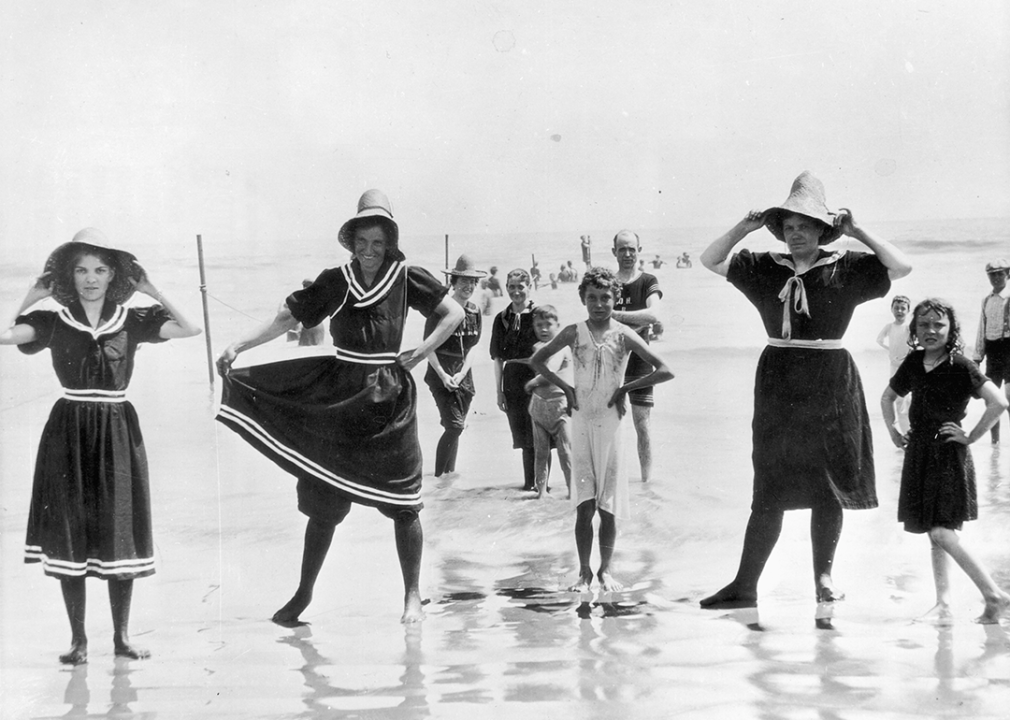
The link between repressive swimwear and the bikini is the bloomer, popular in the mid-1800s. A garment of wool, linen, or serge was cut into a top and a skirt, under which were cinched "bloomer" shorts. This bundled-up look, however, would become a hidden-in-plain-sight symbol of the beginnings of female liberation in the West.
The bloomer got its name from Amelia Bloomer, a suffragette who moved the needle by first advocating for less restrictive, more comfortable clothing for women by wearing "Turkish trousers" or "pantaloons." At the time, fashion dictated floor-length dresses, corsets, and six to eight petticoats to puff up a skirt—about 15 additional pounds of weight on the human body, according to Smithsonian Magazine.
While still hiding the female body in those most uncomfortable ways, bloomers were a tangible compromise between society's hold over women and Bloomer's work in "dress reform" to give women more equitable garment choices.
The early 1900s: The form-fitting one-piece suit
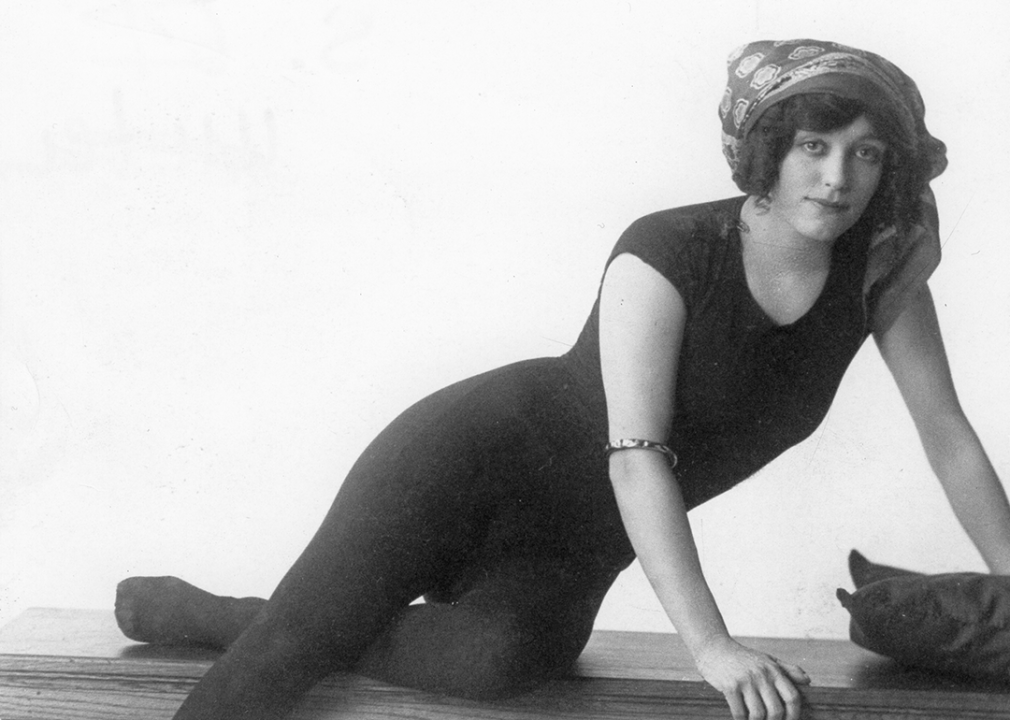
Though Amelia Bloomer had managed to sway a hostile society into a more equitable place regarding dress, her activism could only go so far. Bloomer would die in 1894. But in 1907, another woman, the Australian-born Annette Kellerman, would carry the torch for the liberation of the body.
By then, swimming had become a popular competitive sport, and Kellerman would gain much of the spotlight by swimming the English Channel and performing in Hollywood. Kellerman naturally found the swimwear of old constricting and appeared with a more form-fitting one-piece version that resulted in pushback.
Britain chastised her clothing choices even as it invited her to perform in front of the British royal family. Rather than conform to the standards, Kellerman sewed black stockings on her typical swimsuit. On Revere Beach in Massachusetts, just outside of Boston, she was arrested for wearing it on the grounds of indecent exposure, though the presiding judge agreed with her claim that the usual garments were ill-fitting and impractical.
But the authorities were too late. The ball toward the bikini, overt skin, and female emancipation had started to roll.
The 1920s: Knee-length swimwear
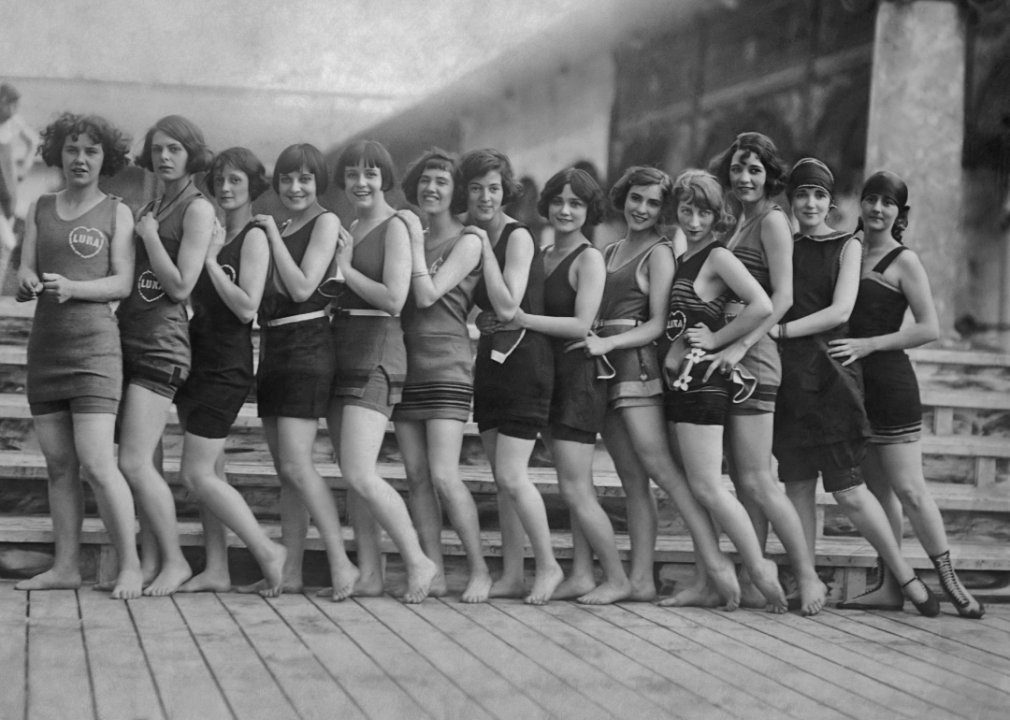
In the 1920s, the wool leggings and belted peplums of the bloomers were thrown out. Women could now openly show their legs with a swimsuit that was essentially a one-piece with tight shorts (think a jumpsuit with shorts instead of pants) or an elegant short tunic with a racer neckline, a garment modern eyes would call a mini dress. For modesty, tight-fitting shorts were worn underneath.
According to the Fashion Institute of Technology, there were subtle differences in how those in Europe wore this fashion compared to Americans. North Americans favored a sportier look, while Europeans opted for sleek, form-hugging cuts. While the same suit was available to a swath of the American middle class, European swimwear differed in their chosen material: silk jersey for the more affluent and knitted for those who needed more affordable options.
The 1930s: The breathable, flattering suit
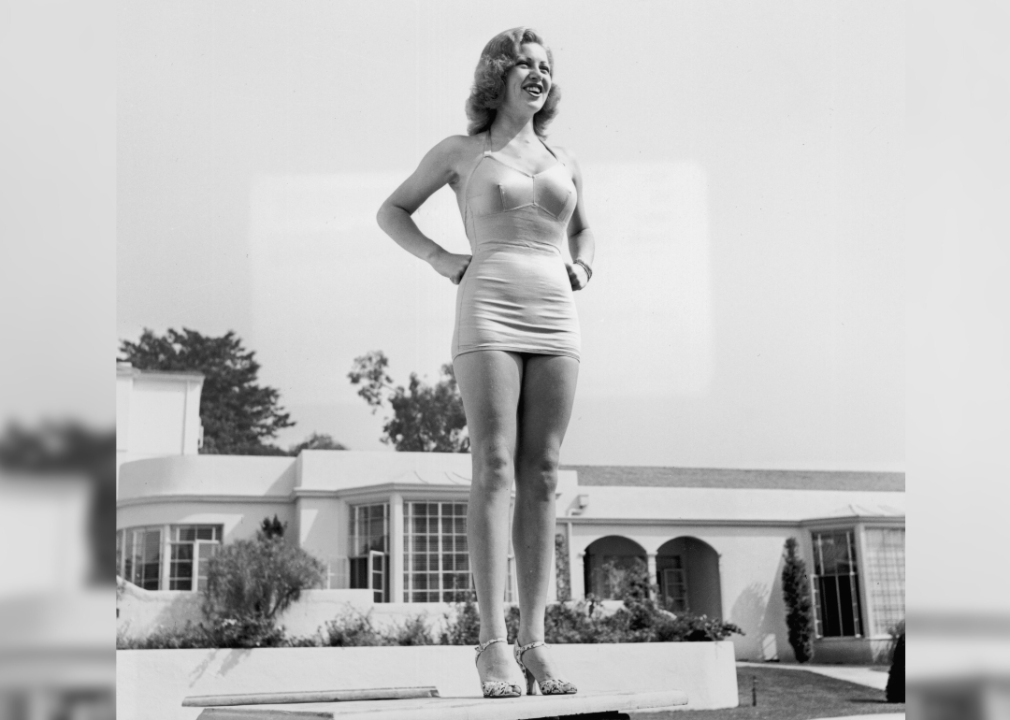
The body became more exposed in the 1930s. More mobility was great, but the typical heavy wool material of the period still made for an uncomfortable experience. That changed with the use of stretchy fabrics, like elasticated satin, that allowed women to satisfy society's readjusted modesty requirements while enjoying a beach breeze due to lighter fabrications.
Finally, humankind had completed a full cycle. From the freedom of flesh experienced in antiquity to the 1930s, the female form was back on display. To look at many of the figures of the time—Olivia de Havilland, Lana Turner—the new swimsuit profiled the hips and made the eye follow the lines with a sexy, articulated bosom on the top.
The 1940s: The bikini
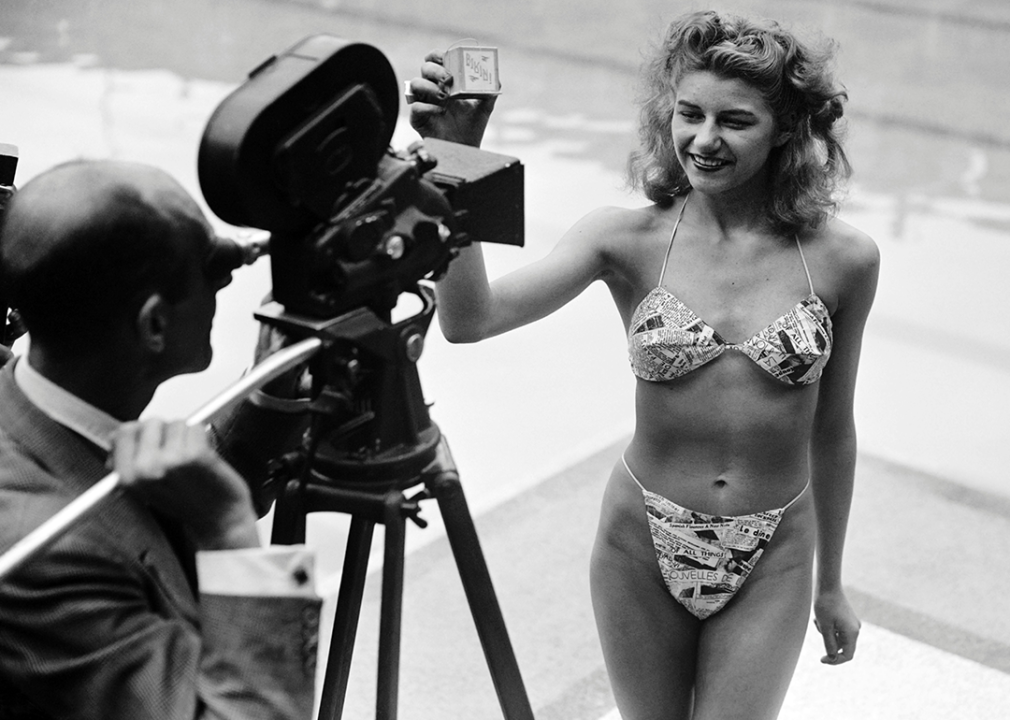
There are moments in fashion that come to define a particular decade: the low-rise jeans of the early aughts (now experiencing a Gen Z-led renaissance), bell-bottom pants and polyester of the 1970s, Giorgio Armani-designed, "American Gigolo" relaxed suits of the 1980s. A French person would soon define style in the 1940s.
Louis Réard debuted his vision, the "bikini," in 1946—a debut hailed by fashion editor Diana Vreeland as "the most important thing since the atom bomb." The scandalous design was named for the Bikini Atoll, a small patch of land within the Marshall Islands in the Pacific Ocean that served as a nuclear test site for the United States military.
Incidentally, Jacques Heim, another France native, introduced his two-piece suit called the "Atome" about three weeks before the bikini, only to see it overshadowed by the bikini.
Nevertheless, like a bomb, these more revealing designs caused an uproar. A standout image from the time is a shot taken at the press conference for the new swimsuit. It features a dancer, Micheline Bernardini, wearing the first bikini: a halter bra with a bottom that starts at the waist—a huge triangle down the front and a revealing back.
Society balked. The Pope called it sinful, and countries like Italy, Belgium, and Spain made the bikini illegal to wear. Despite all the pushback, the bikini was here to stay.
The 1950s: An elastic Canadian invention
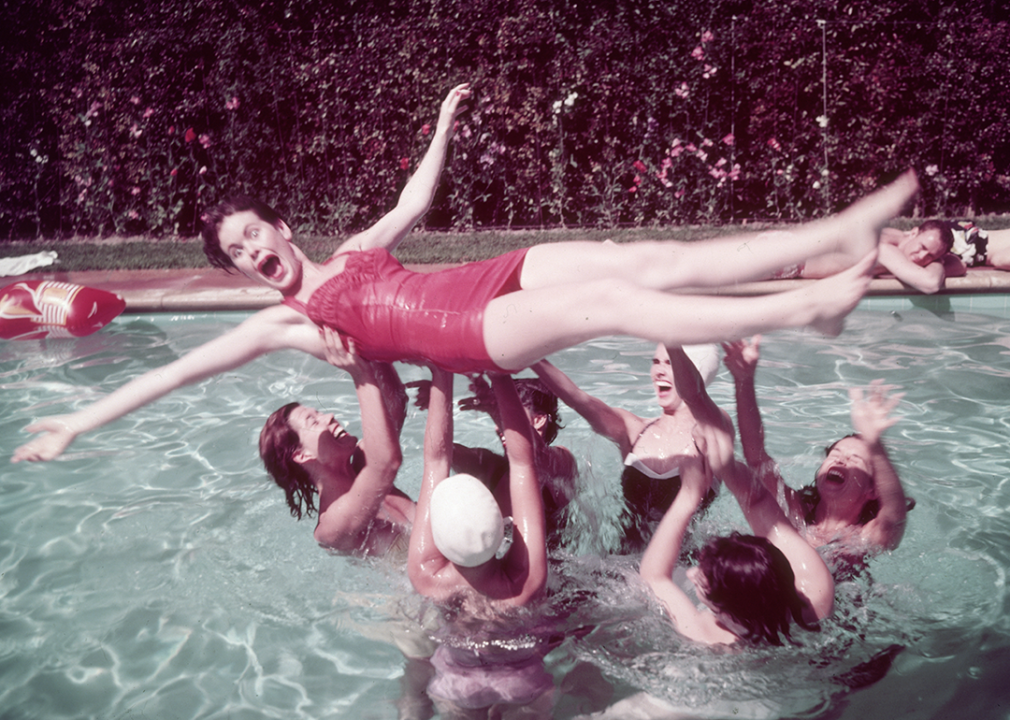
The name Rose Marie Reid may not ring any bells, but this Canadian could arguably be called the mother of the modern swimsuit. Her patented designs, essentially one-pieces with little shorts, provided the foundation for contemporary swimwear.
Living in Los Angeles as a fashion designer with clients that included Marilyn Monroe, she refined her swimsuit idea over the years. She employed elastic to give the body shape and allow movement. She also experimented with zippers and shoelaces as closures.
Finally, in 1950, she had honed in on the final version of the product: an elastic suit with no buttons or zippers, no closures at all—just a tight-fitting layer over the body with some waist shaping in the front and a draped bust with halter straps around the neck. It was a shape that would come to define the decade.
Reid, a devout Mormon, had her boundaries, however. By the 1960s, her successful company started producing bikinis, which she found "immodest." Her line drawn in the sand, she would ultimately leave the company she started decades before.
The 1960s: After the shock of the bikini
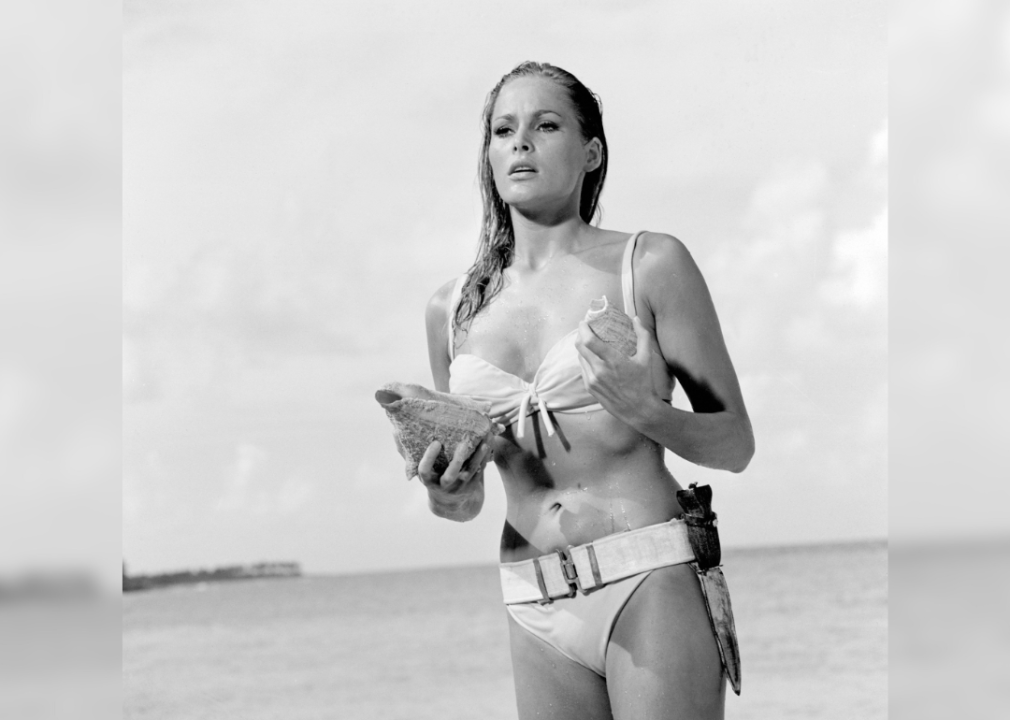
The 1960s moved society forward when it came to overt displays of skin at the beach. Experiencing Hollywood's direct effect on American life, the bikini, losing its shock power, started to settle into the mainstream. And now, the big screen was reflecting society. There were the French films of international "it girl" Brigitte Bardot and Ursula Andress, the Swiss "Bond" bombshell in 1962, who both made the bikini something audacious and chic rather than a piece connected to tawdry sex.
The power of cinema would affect society, but the West was also experiencing political upheaval: The Civil Rights Movement, dissent around the Vietnam War, and the continued fight for female liberation meant a reexamination of broadly accepted cultural parameters. Rudi Gernreich's breast-baring monokini, which featured just two halter straps where a typical upper portion would be, helped support the push toward liberation. The design followed a similar body-freeing philosophy as his "no-bra" bra (a sheer nylon net with spaghetti straps) and his favored miniskirts.
The 1970s: Loose and fancy free
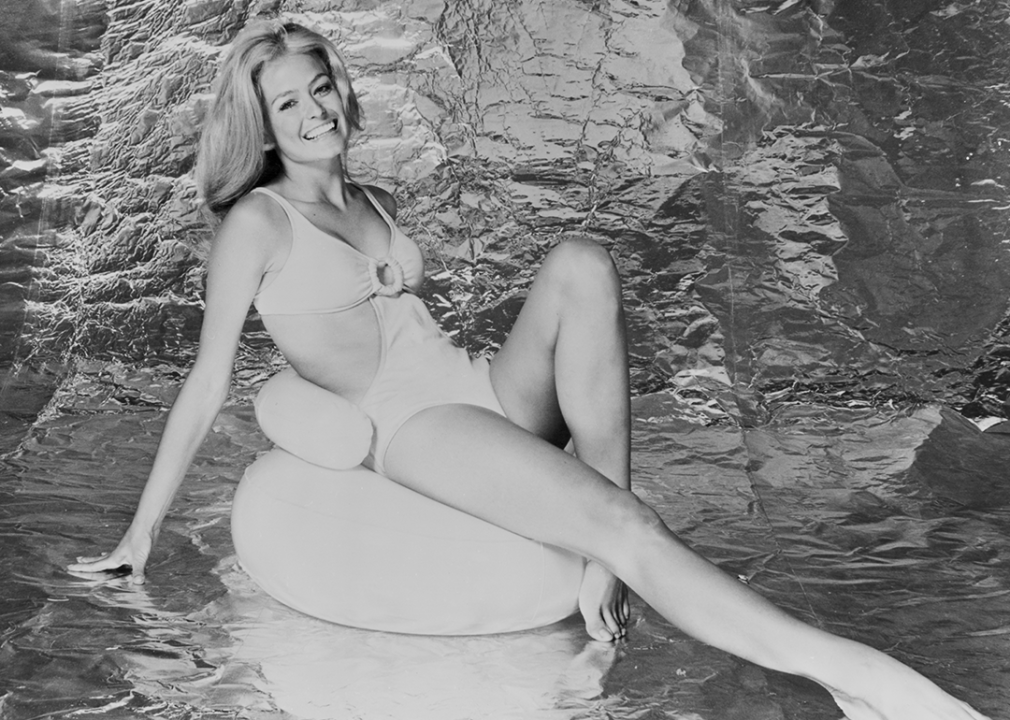
By the 1970s, Western swimwear had entered modernity. The shapes of the swimsuits have mostly stayed the same compared to those of today. In the '70s, fashion reflected the free love movement and the continued social change away from the rigid mores of the past. Out of that came colorful, crocheted two-pieces that became symbols of the time.
Up-tempo colors helped characterize the joy and promise present in the '70s moment. The swimsuits became smaller and the nipple was now visible through the crocheted yarns. The shape of the decade would be a twisted halter style for the top.
The 1980s: High-waisted and dangerous
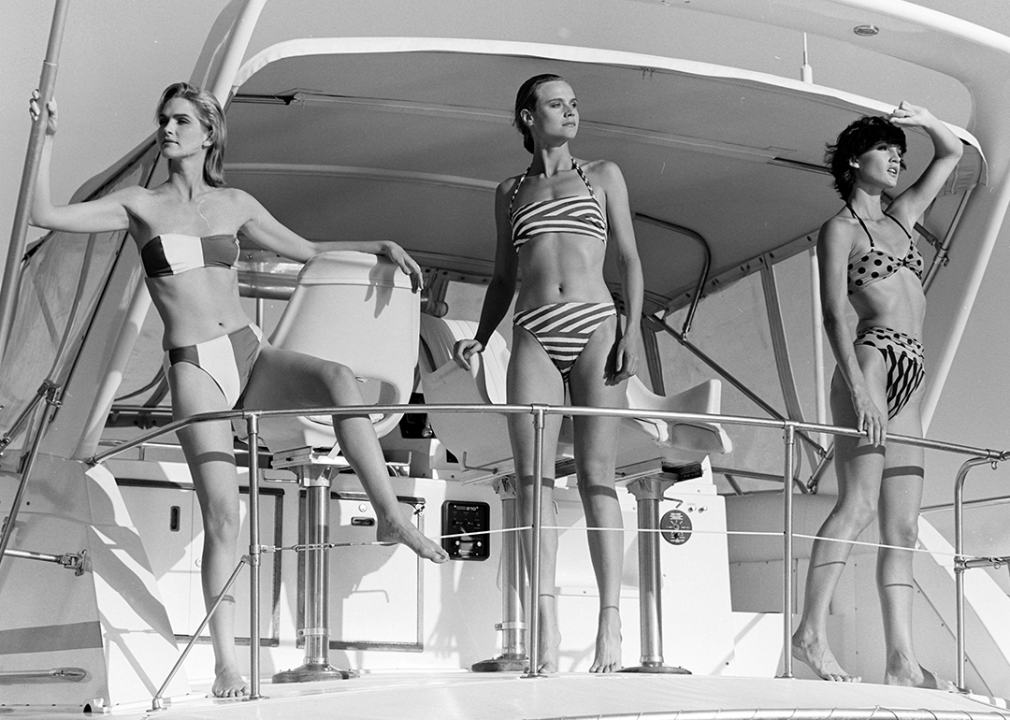
It is easy to forget about swimwear in the 1980s with so many fun style movements happening on land: the New Romantics and their androgynous looks in London, the burgeoning hip-hop movement in New York, and Christian Lacroix's couture maximalism on the runways in Paris.
If the 1970s were about testing social institutions, the '80s became about radical experimentation. For swimwear, that meant one- and two-pieces with a deep bottom cut—a cut that went from between the legs and arched toward the top of the hipbone. It redefined a dangerous line established in the 1940s with Louis Réard's bikini.
The 1990s: 'Baywatch'

The spirit of high-octane Americana defined the 1990s. The style was as bold, confident, patriotic, rich, young, supple, and proud as the United States, which dominated late 20th-century geopolitics.
The colors were bright: candy pink and Lamborghini yellow with busy prints—all motifs that referenced the shores of Los Angeles or Miami. "Baywatch," a scripted show about the lives of beautiful, sculpted lifeguards in Southern California, was a mighty influence with about 1.1 billion viewers at the height of its popularity. Its actors and their one-piece red swimsuits would come to rewrite the beauty standard of anyone looking to the West: blond, buxom, tan.
The 2000s: A sporty decade
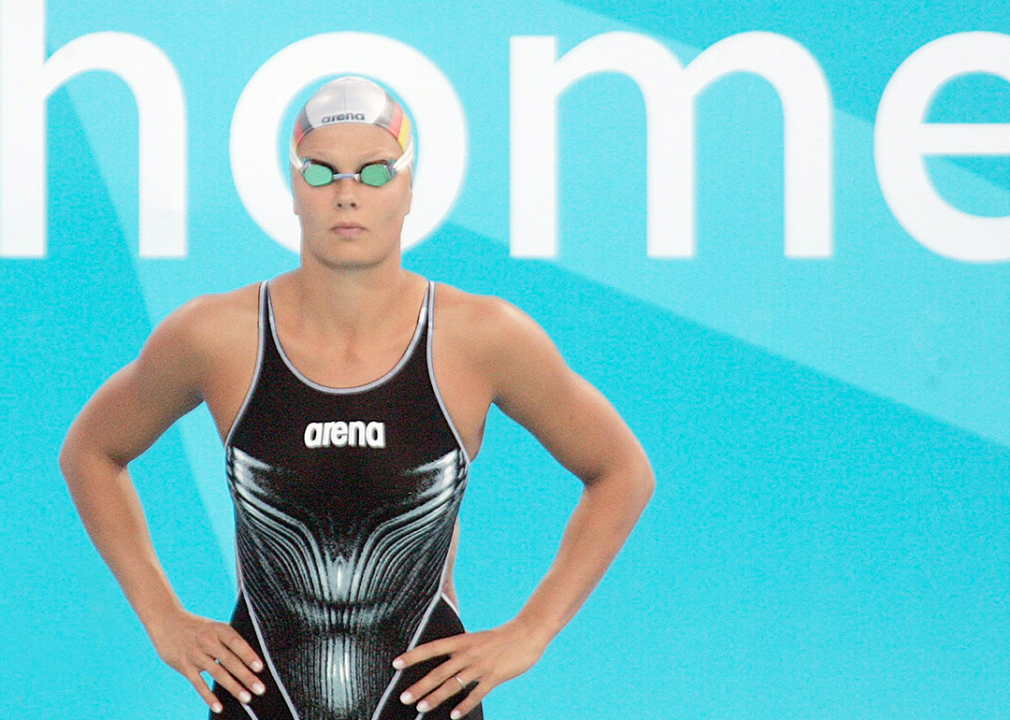
After the onslaught of color in the 1990s, the 2000s returned the public's collective eye to a more sophisticated palette. The element of sport was injected into fashion. Swimwear was tight-fitting and slick, with zips inspired by scuba gear and professional and Olympic athletes.
Technological advances in swimwear also became controversial. When Speedo, in partnership with NASA, introduced the LZR Racer, a body-length swimsuit made of elastane-nylon and polyurethane, the company revealed that it reduced drag by about 25%. Roughly 9 in 10 winners of the 2008 Beijing Olympics wore the suit to compete to break world records.
This time, rather than debating how much to expose the body, the conversation became about how much could be covered. Ultimately, it was agreed that women's swimwear would only need to go up to the knees and not more.
The 2010s: A focus on comfort and personalization
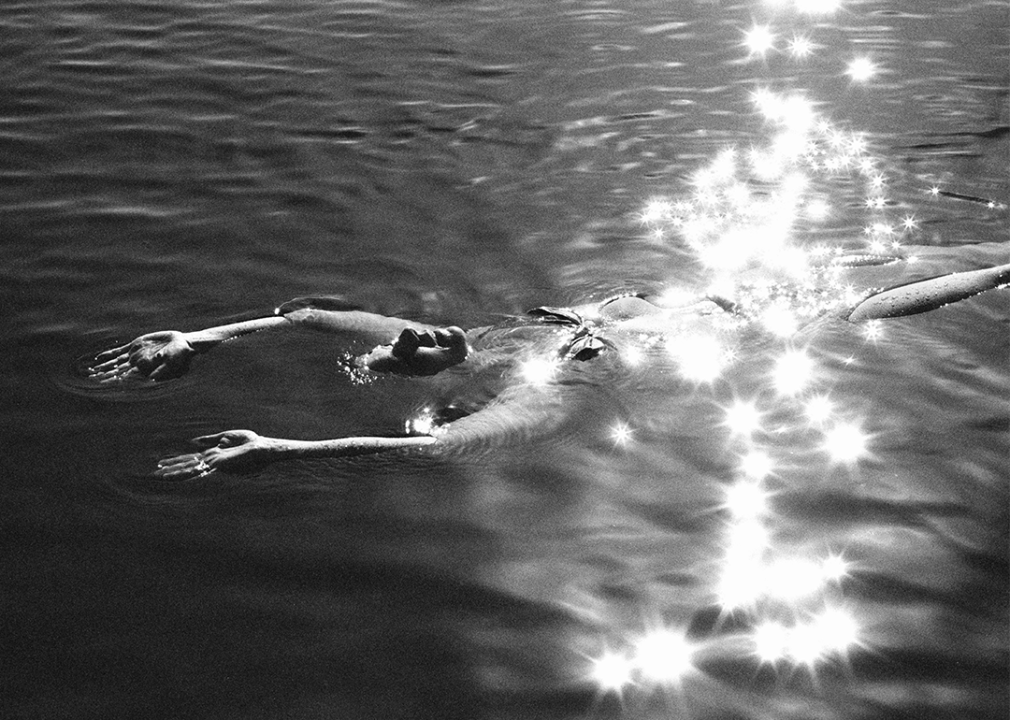
Fashion now, especially regarding swimwear, is about comfort, breathability, and making a statement with one's look.
The internet and social media have exposed people to more subcultures and trends than in pre-internet times, when only a few editors dominated the style sections of magazines and newspapers, disseminating their views to the broader public and calling it a trend. But that hierarchy has long gone. Many elements of respectability politics regarding the female form have also grown weaker, resulting in continued liberation for women, such as the nixing of the Miss America swimsuit competition in 2018. What is in its place has been hard-won, a space for real sartorial freedom.
Story editing by Carren Jao. Additional editing by Kelly Glass. Copy editing by Kristen Wegrzyn.
This story originally appeared on Swimply and was produced and distributed in partnership with Stacker Studio.
Comments





